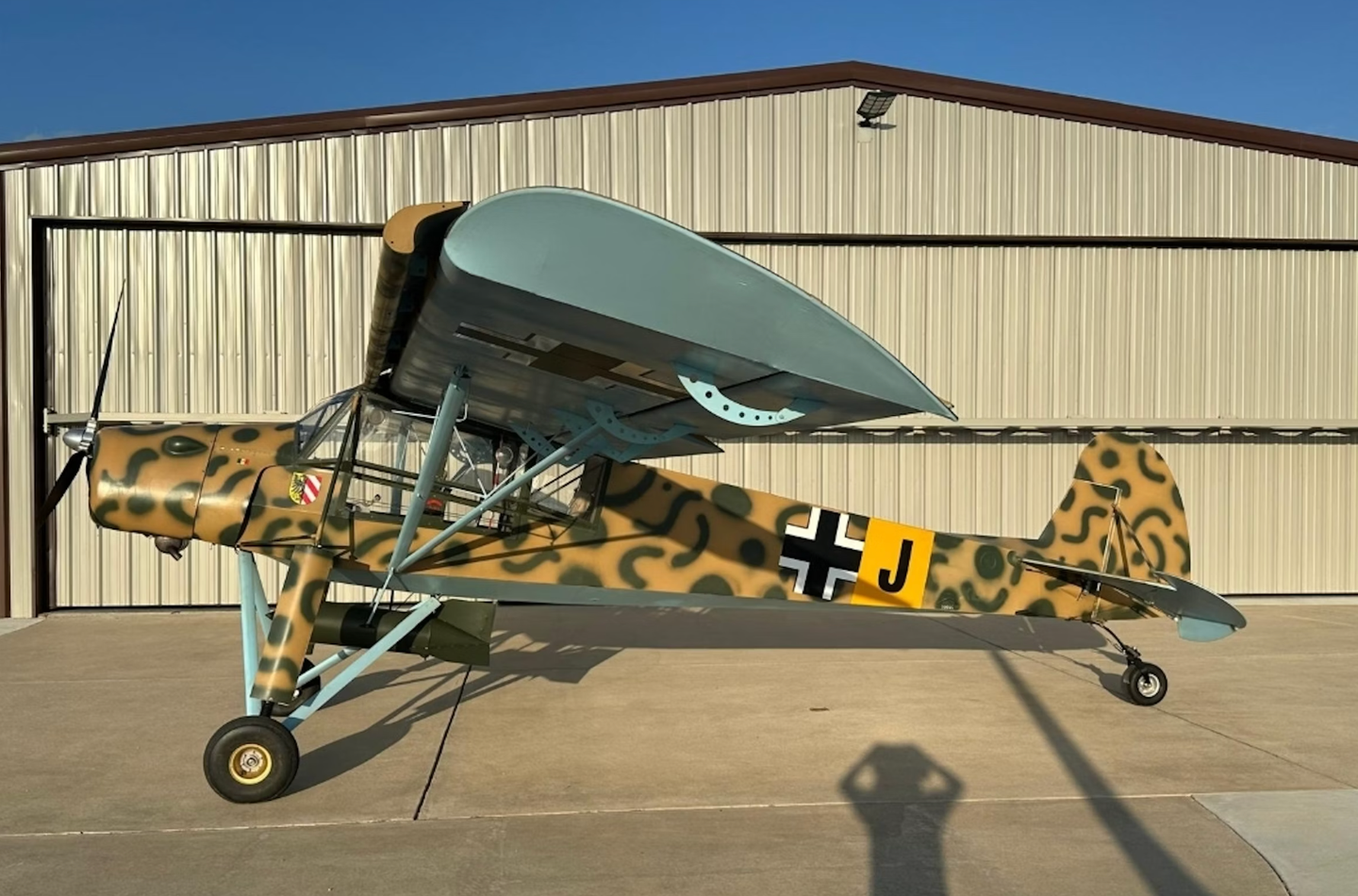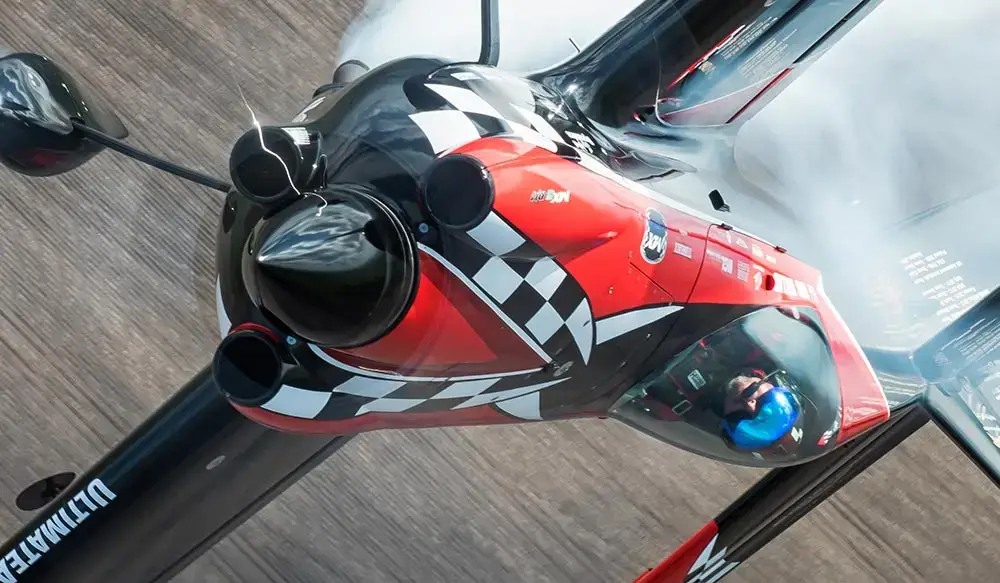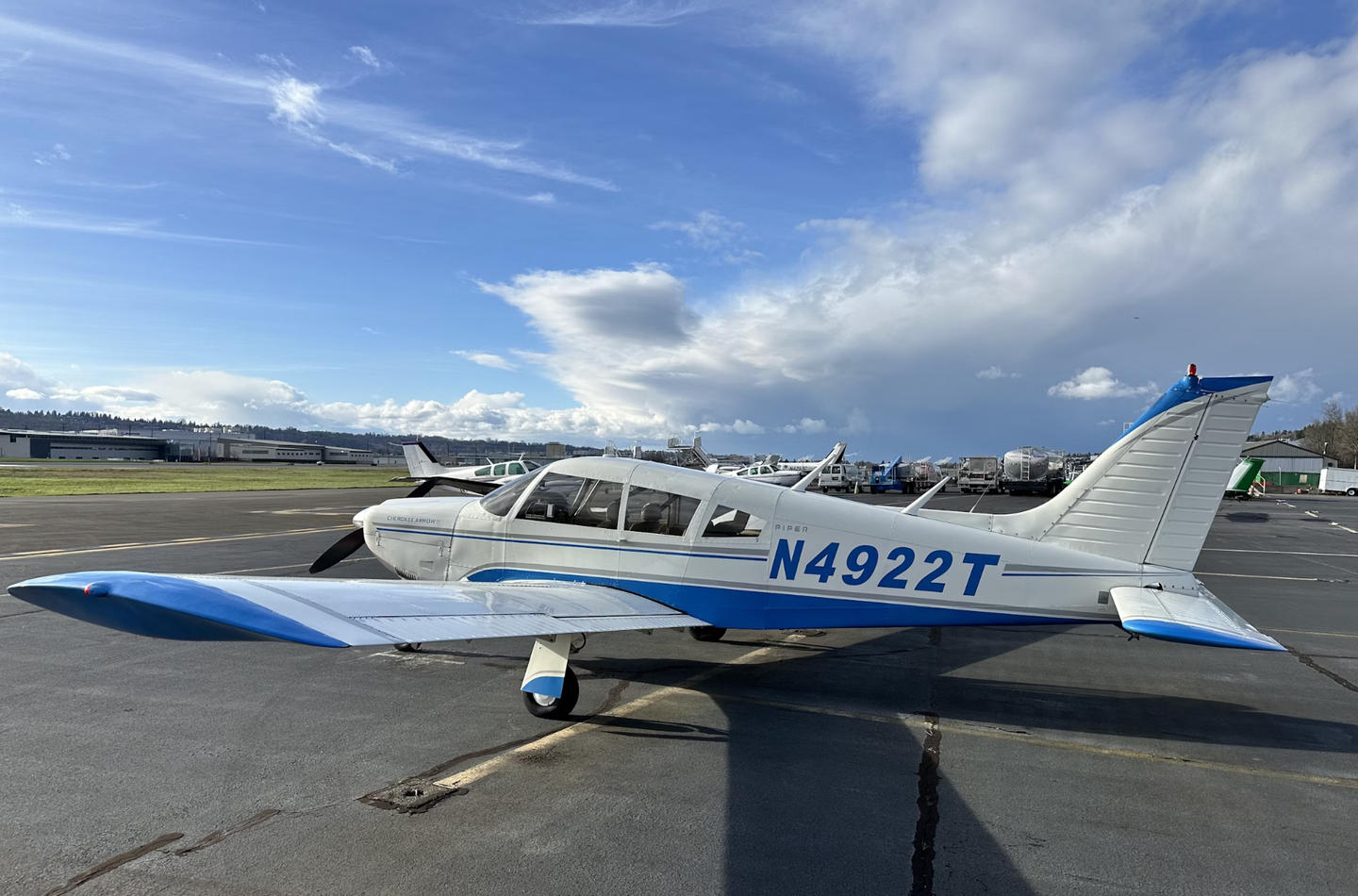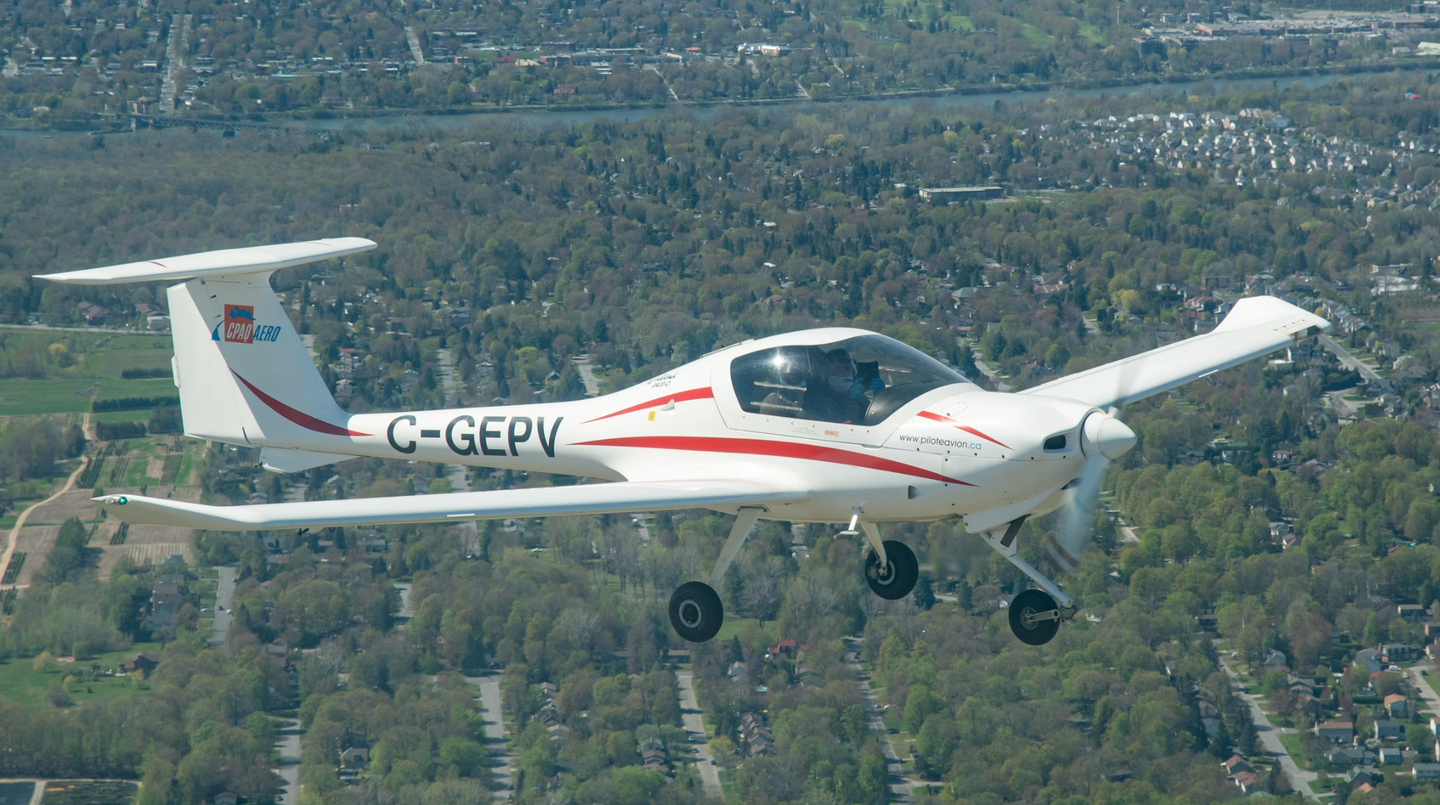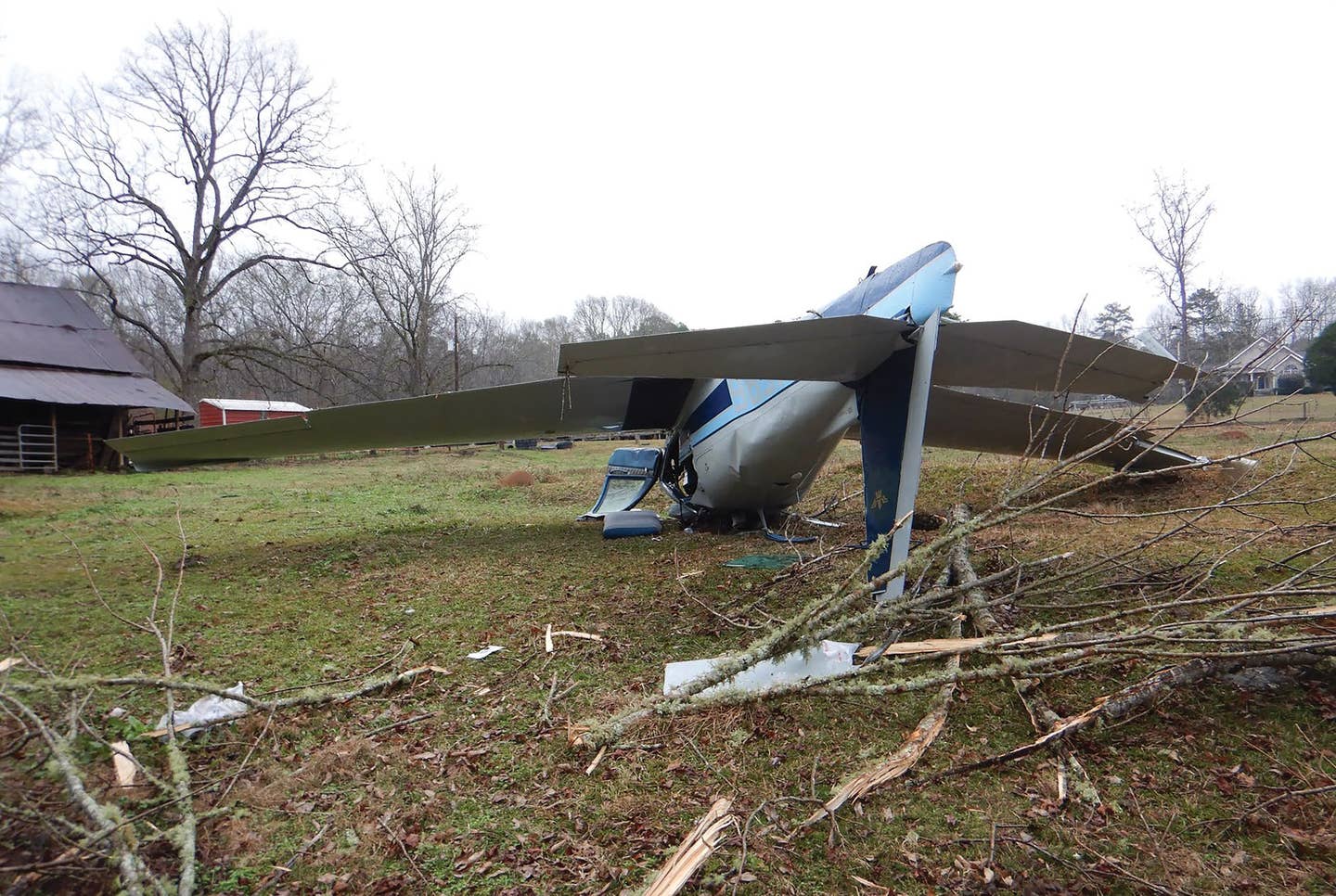Cessna 177 Cardinal
When Cessna brought back its greatly abbreviated lineup of single-engine planes in the mid-1990s after a 10-year hiatus, perhaps the omission that most grieved enthusiasts was that of the Cardinal,…
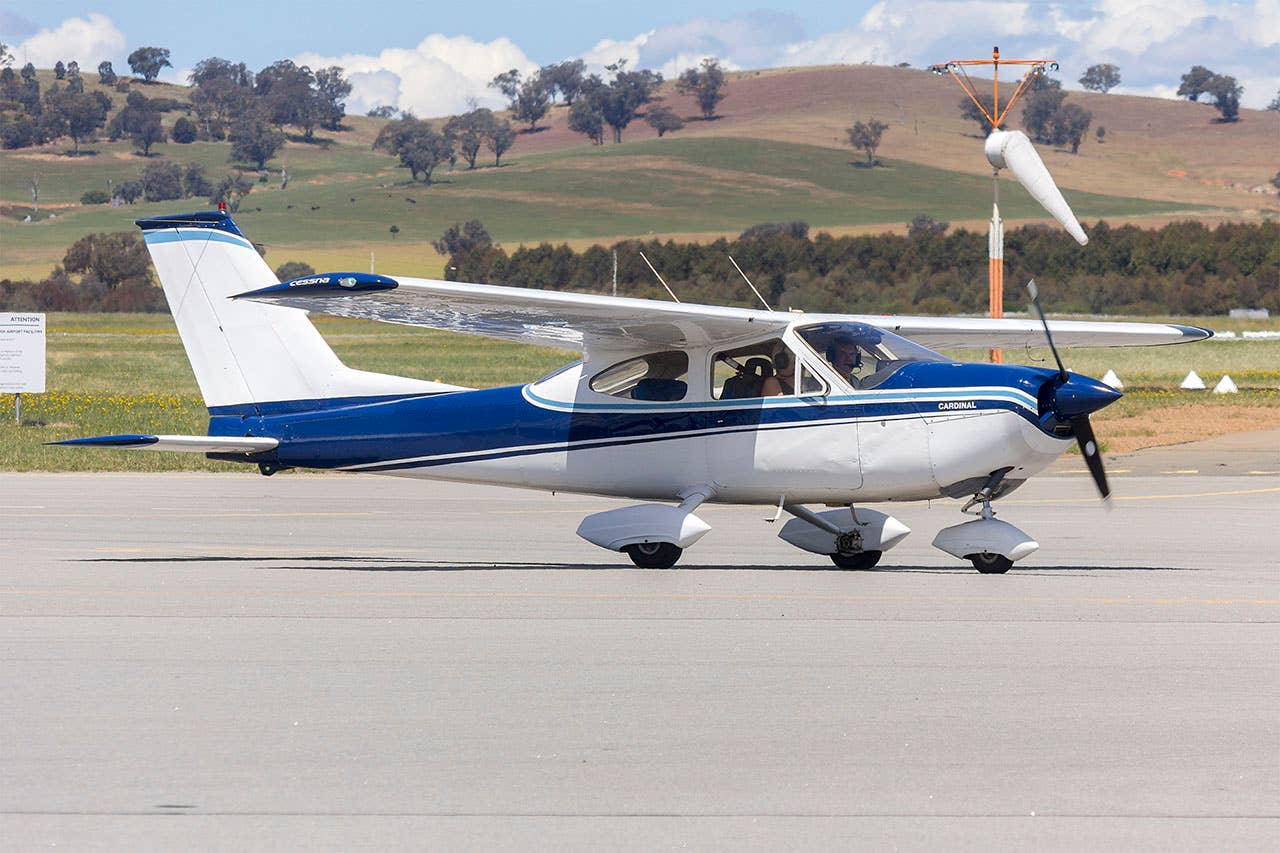
Cessna 177 Cardinal: Photo By Bidgee Via Wikipedia Commons.
When Cessna brought back its greatly abbreviated lineup of single-engine planes in the mid-1990s after a 10-year hiatus, perhaps the omission that most grieved enthusiasts was that of the Cardinal, which is arguably one of the, if not the, most beautiful Cessnas ever built. Introduced in the late '60s, the Cardinal was intended by Cessna as a replacement for the 172, which sounds like a bad joke today. It didn't work, and Cessna built many thousands of 172s after that, but by gum, the Cardinal was much beloved by those who owned and flew them. Don't get the wrong idea. It was far from a niche offering. Cessna built more than 4,000 in the decade following the type's introduction in 1968. And it was cool, with its two major features being the cantilever high wing and the setback of said wing, both of which allowed easy access to the seating area. And Cessna did a great job with the interior as well. It was comfortable and had terrific visibility, but it wasn't fast, with a cruise speed of around 120-125 knots. Even the retractable-gear 177RG isn't much faster than that. And if you note the Cardinal's passing from production in 1978, seven years before the company pulled the plug on the rest of its singles, you might get the idea that it wasn't selling well. Correct. Though Cessna did, indeed, get a lot of low-pressure urging to put the plane back into production, the all-metal model wasn't cheap to build---cantilever-wing designs tend to require lots of production hours compared to their strut-braced brethren. And in a way, Cessna almost did bring back the Cardinal, or at least a Cardinal wannabe, when it floated the idea of a high-winged, no-strut, all-composite plane it called the Next Generation Piston (NGP). It never took off, production-wise, and as far as beauty is concerned, it couldn't hold a candle to its sheet-metal inspiration.

Subscribe to Our Newsletter
Get the latest Plane & Pilot Magazine stories delivered directly to your inbox

